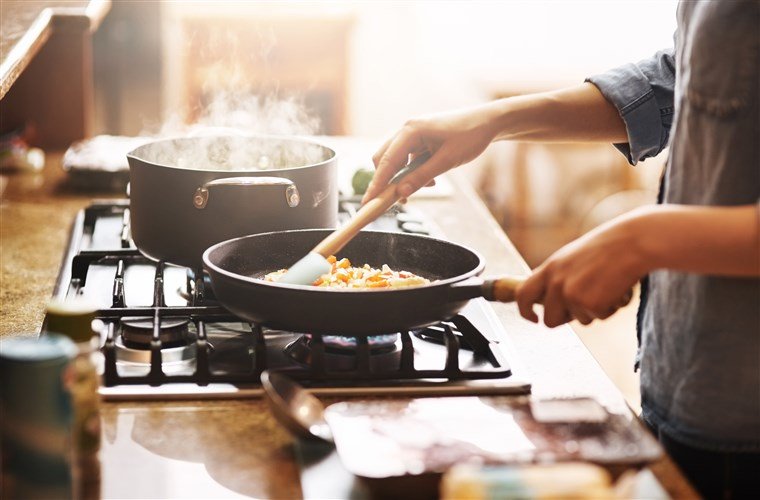At a time when we are worried about the supply of raw materials and the crowds in supermarkets, more and more people are asking what is going on with the preparation of our meals.
And here's the good news: "The science around the mockery continues to evolve, but for now there are no indications that the disease is transmitted by food," says Donald Schaffner, a distinguished professor at Rutgers University.
But what about cooking itself? Should we change the way we prepare our food?
The corona is most likely vulnerable to common cooking temperatures, according to the World Health Organization. That's why we don't need to change our cooking habits, says Benjamin Chapman, a professor of food safety at North Carolina State University.
Our knowledge of the temperatures required to inactivate the virus comes from a 2004 study of the SARS virus and not the new coronavirus. "In this study, they showed inactivation of the virus, from 10.000 particles in 1, after 3 minutes at 65 degrees Celsius," says Chapman.
"But we have to keep in mind that we don't have enough information about the new corona to know if it's reacting in the same way."
However, experts claim that cooking at the usual temperatures at which germs are killed is enough for the coronary artery. At 63 degrees Celsius for pork, beef and fish, at 70 degrees for eggs and beef and 74 degrees for poultry and whatever it is to reheat.
